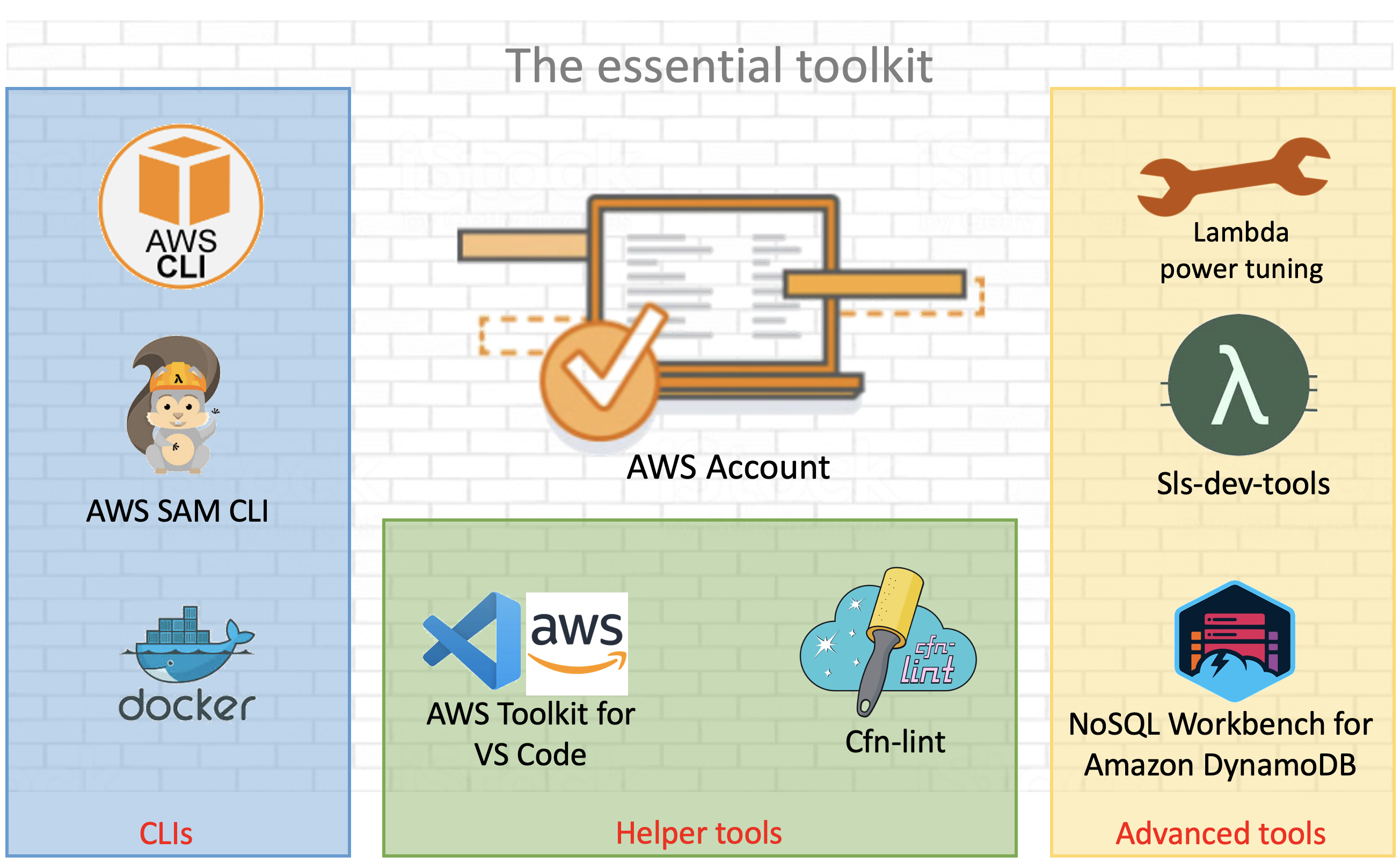

To begin, we import the needed packages and configure Amplify with our AWS credentials: import React from 'react' If we add more sensors it would be cumbersome to keep building components, therefore we create one component named sensorData.js that lives in the folder src/components/.

For this use-case we have multiple sensor readings coming from our device, "Air Temp", and "Humidity". To use React.js effectively we should build re-usable components. The resources we added locally are now reflected in the cloud. # Add authentication and push the local changes to AWS Now, set up the AWS backend, add authentication, and push the configurations to the cloud: # Initialize the Amplify project $ npm install npm install aws-amplify-react At time of writing the first steps are: $ npx create-react-app sensor-nodes The AWS documentation can be difficult to navigate and is far-reaching. The AWS Amplify “ Getting Started” section for React sets up the boilerplate React project and authentication with AWS Cognito. Initializing AWS Amplify using its command line interface.Setting up the React Project using Create-React-App.Some styling is done using React Bootstrap. Shown below is the simple app that we'll build to demonstrate the connection between AWS IoT and React. The good news is this tutorial can be done within the limits of the AWS Free Tier! End Result Learn the benefits of building with React.js.Navigate the AWS documentation by building a concrete example.
#Use aws cli with local dynamodb how to
Learn how to limit your application’s data to authorized users.



 0 kommentar(er)
0 kommentar(er)
